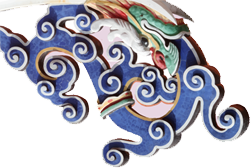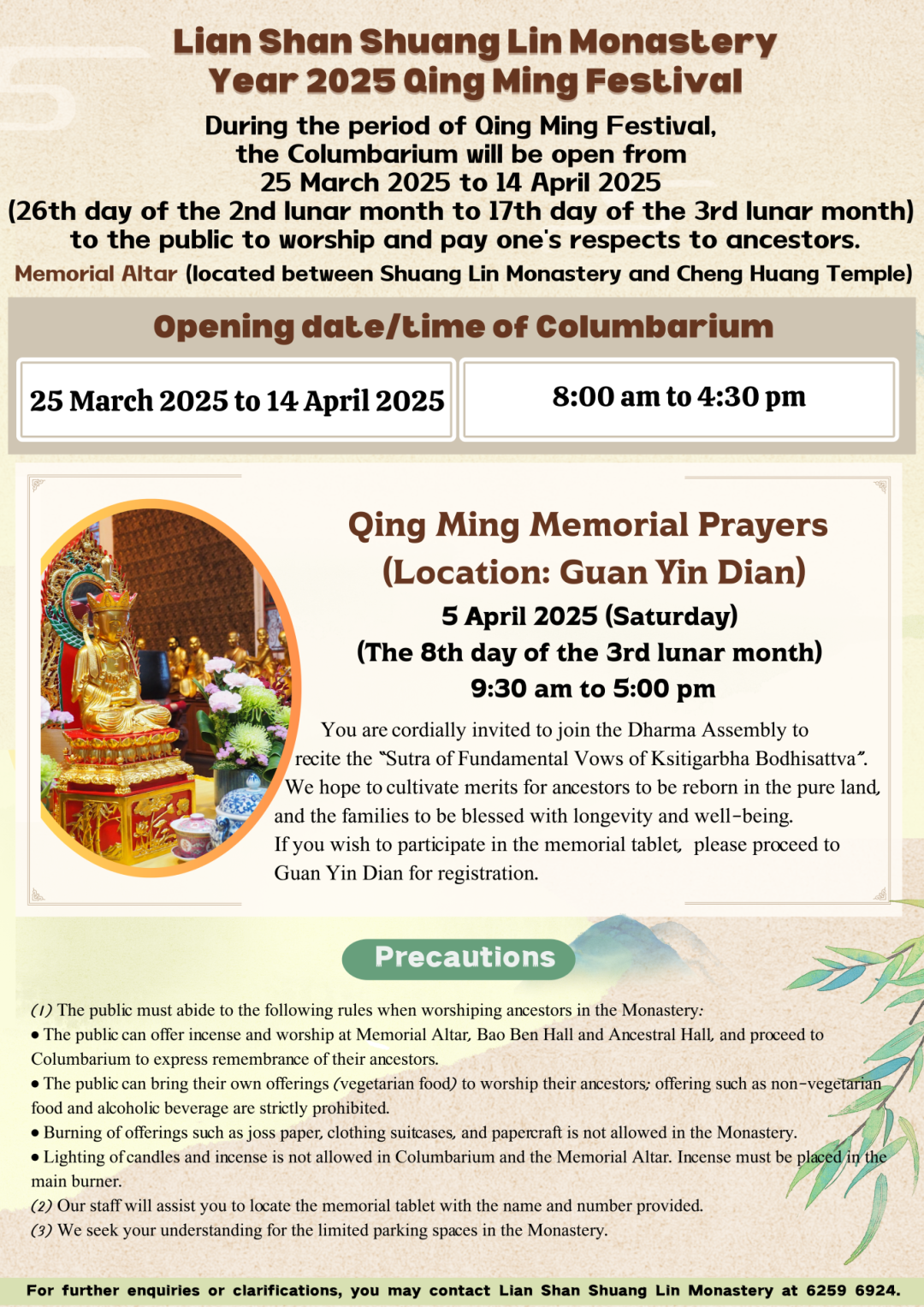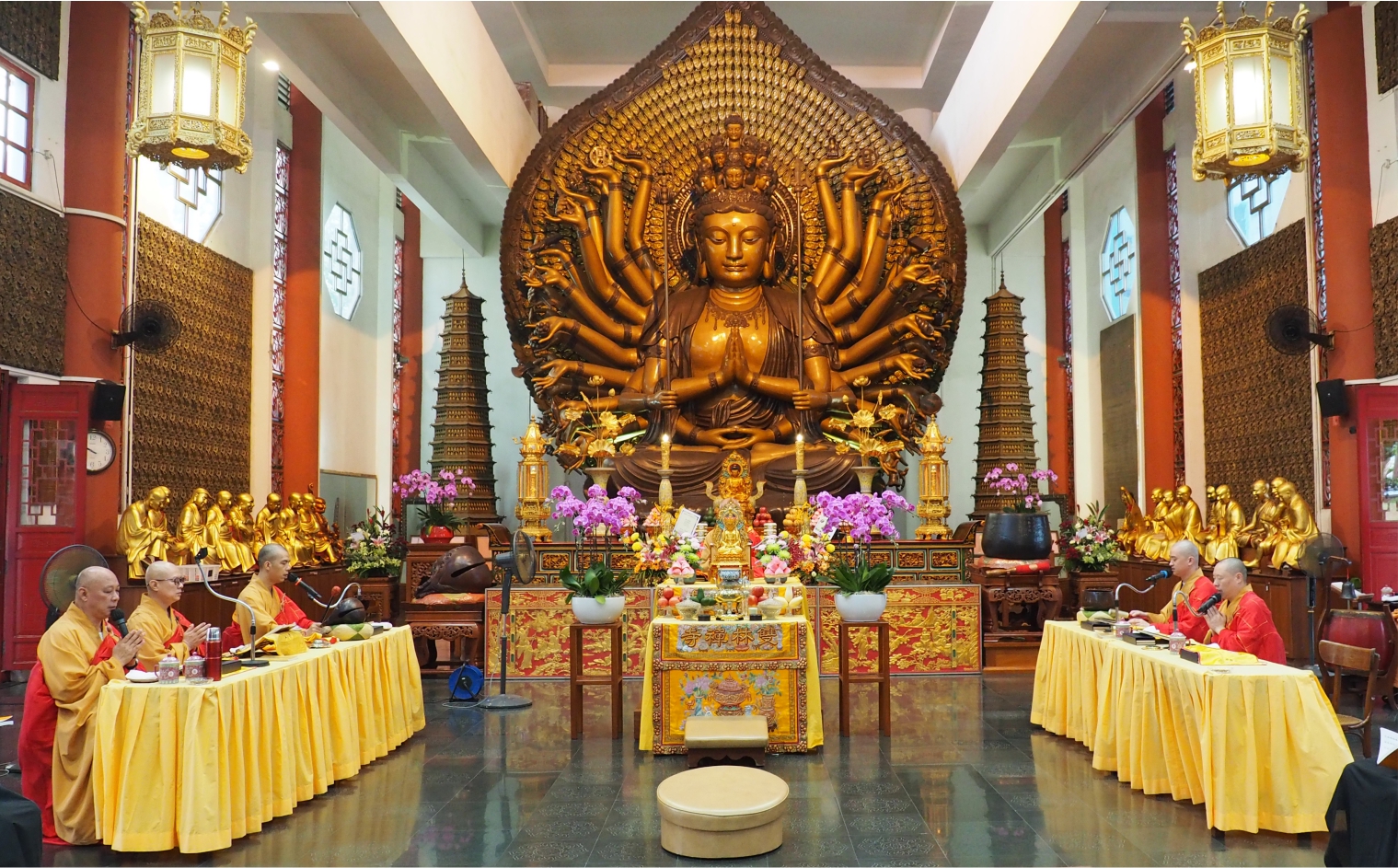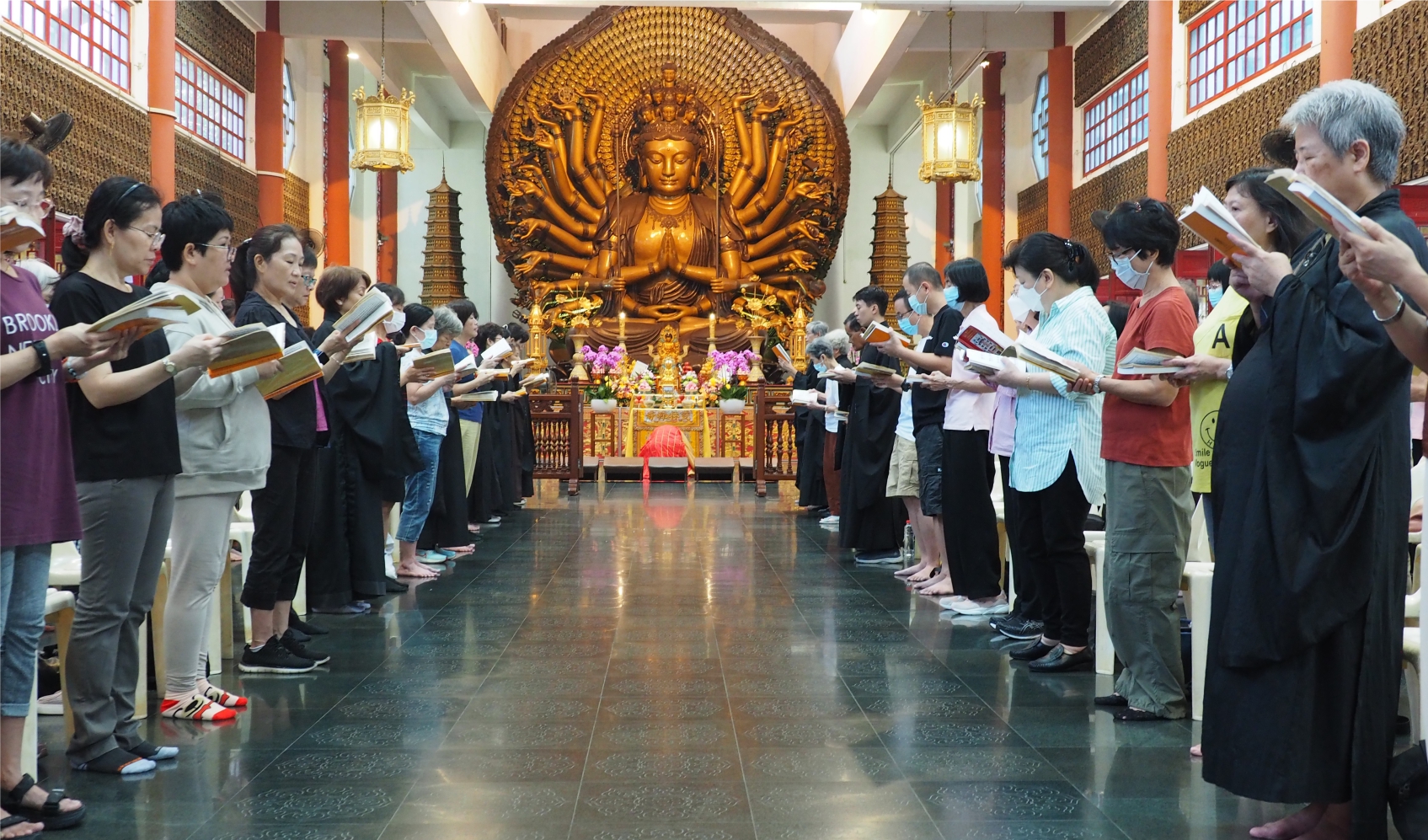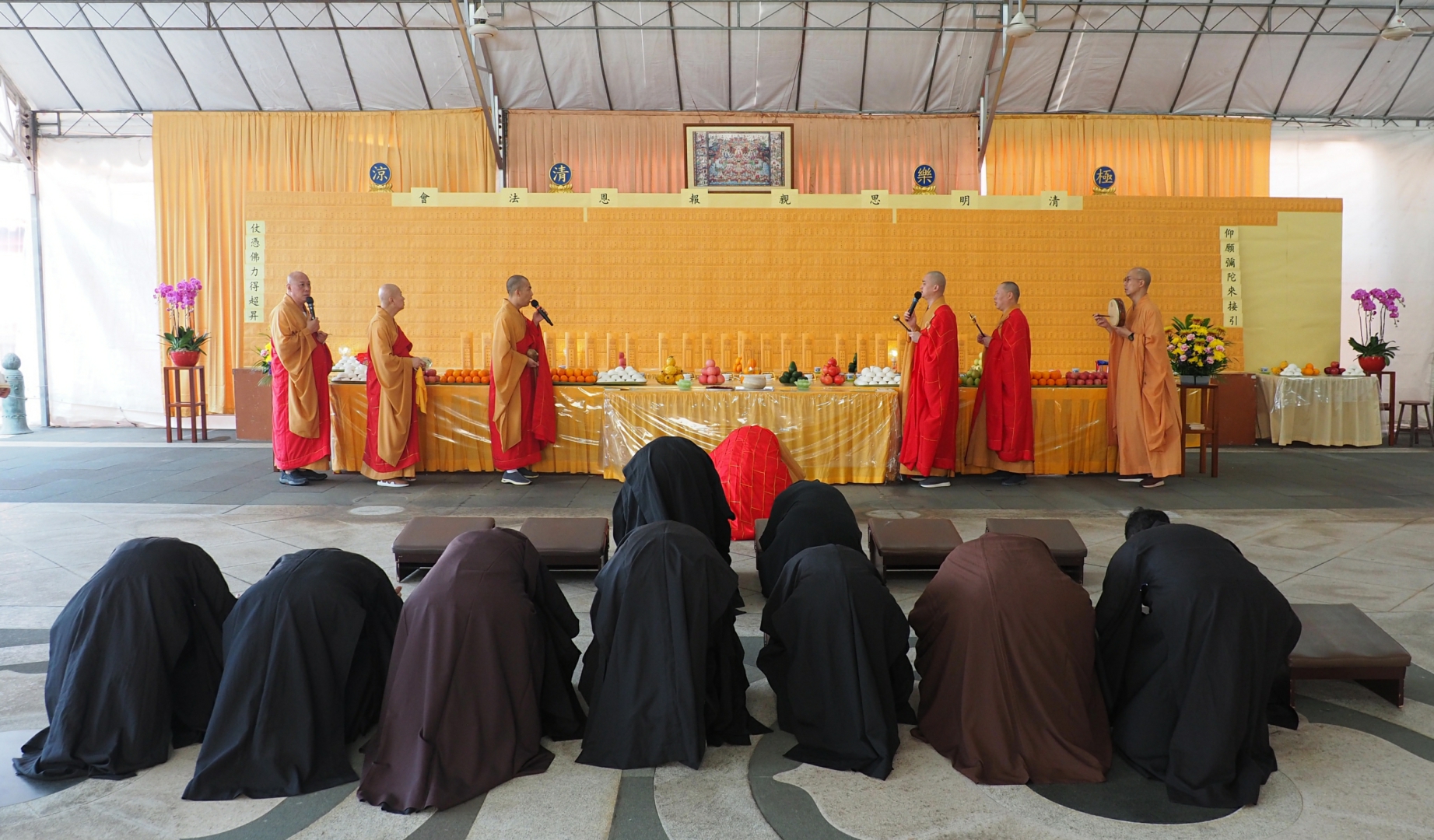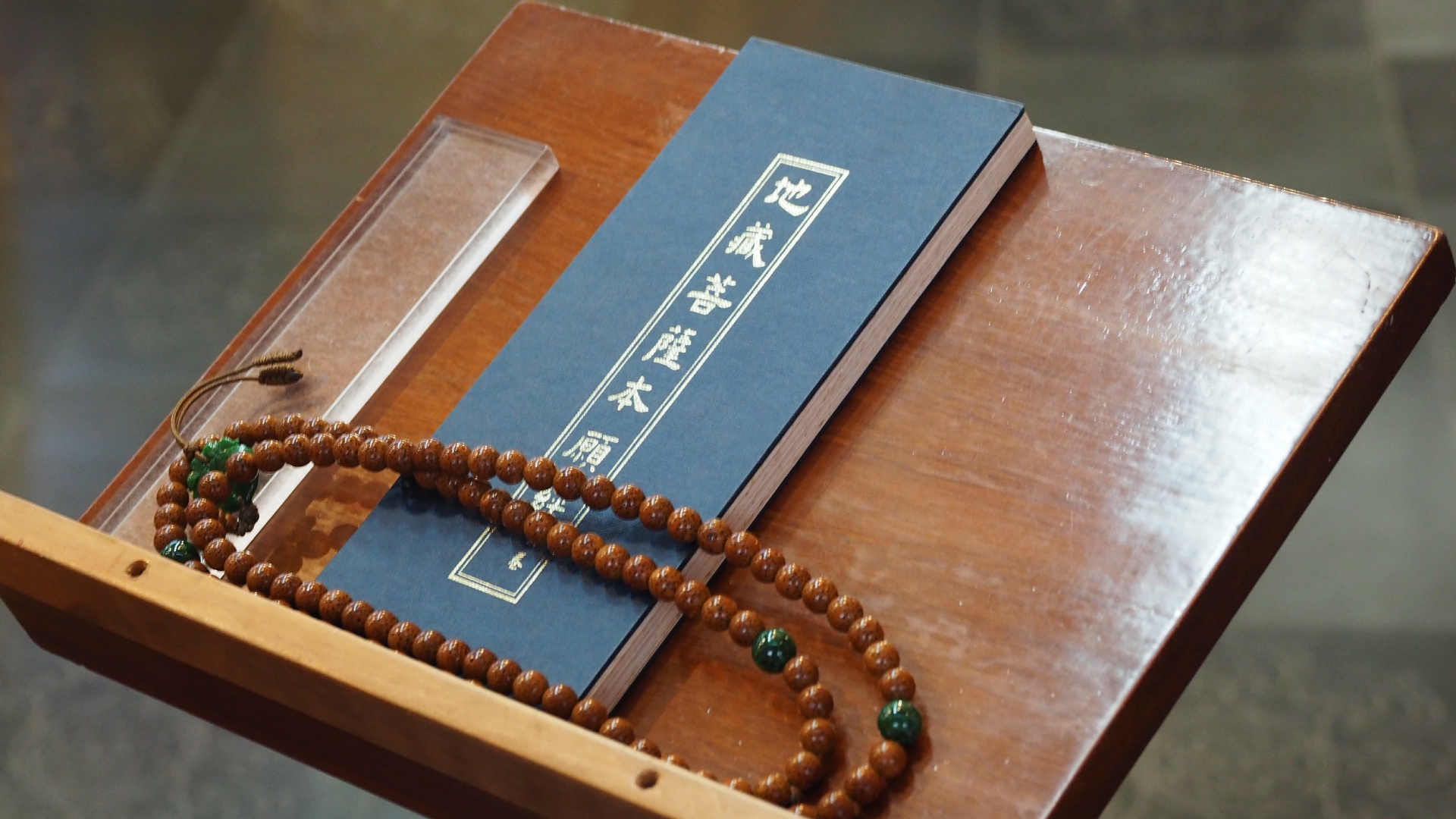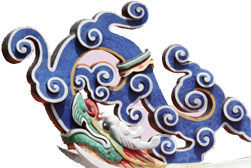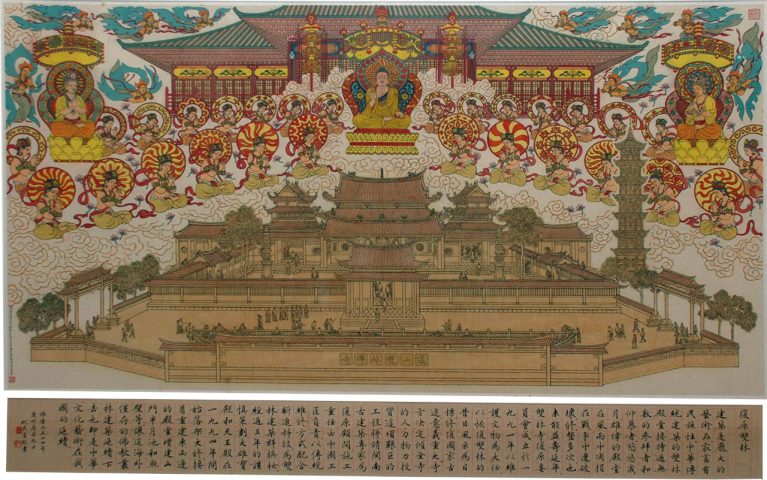
image description
These buildings are massive art pieces that are highly rich in Chinese traditional architecture character. With a building style based on Chinese traditional construction techniques, Shuang Lin Moanstery has received countless number of visitors and admirers throughout the years. However, the magnificent halls have suffered damages during the World War II and under adverse weather conditions. Even with multiple rounds of restoration, the longevity of Shuang Lin Monastery was hardly guaranteed. In 1991, the Shuang Lin Restoration and Preservation Committee was then formed with the responsibility of protecting the heriatage, and with the goal of restoring the grace of Shuang Lin. Restoration of a national historic site was a task of great significance. As such, the committee decided to channel all available resources of the monastery towards this highly difficult project and hire the experts on historical architecture from southern China as restoration consultants. The Chinese craftsmen would be responsible for the reconstruction process using traditional restoration techniques, while modern technologies were introduced to revamp the architectural complex. After 3 years of careful planning, the Mahavira Hall and the Hall of the Celestial Kings started restoration works in 1994. The rebuilding of the halls on the east and the west followed, and later on the mountain gate, the half-moon pond, the screen wall etc. The result of this project is the preservation of a Cong Lin Buddhist architecture that exists beyond China, and by extension, the preservation of Chinese cultural heritage in Singapore.


